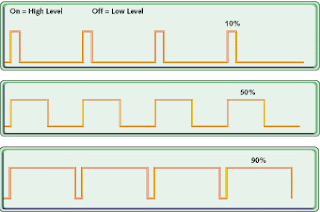Kurukshetra is an Annual Tech Fest of College Of Engineering Guindy (CEG) ..Its a part of Anna University Chennai .Its one of the premier institutes in India .The best part there are prizes worth 10 million waiting to be bagged .
Kurukshetra (21 st - 24 th january)
- Designer's Quest
- The Road Not Taken
- Robotics - Line Follower
- Robo Soccer
Robo Soccer is the easiest among these events and perfect for newbies .
Robotics - Line Follower lies in the intermediate category .
The Road Not Taken is based on image processing .Which is somewhat advanced .
There is also a special event for showing your creativity "Designer's Quest" . Where imagination is the limit .So participate in kurukshetra and win grand prizes .


